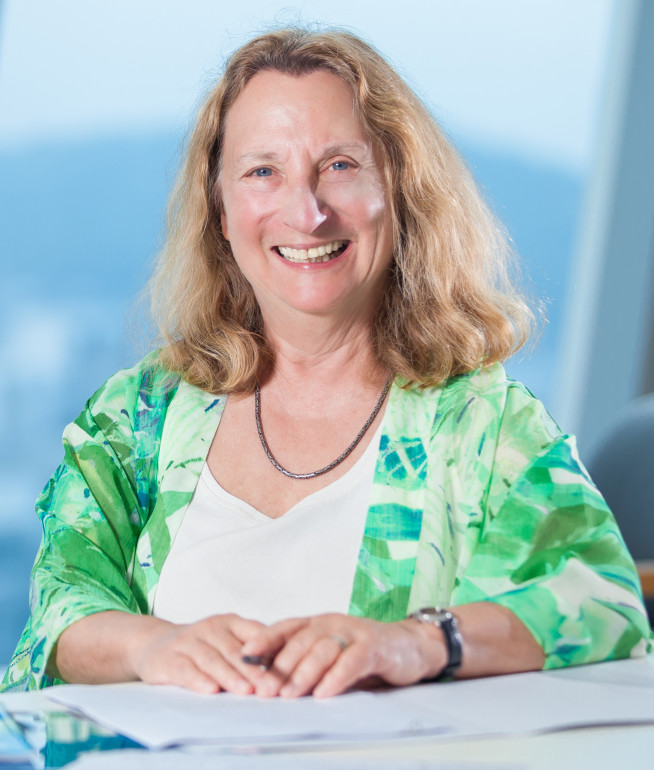Lighthill Lecture 2018
The Beauty of Turbulence and Transition in Reactive Flows
Some of the most interesting, complex, and difficult problems in fluid dynamics involve transitions among what seem to be relatively stable states of a system. When these systems also involve locally evolving energy sources, such as those as caused by nuclear or chemical reactions, the results can be dramatic and unexpected. This type of reactive flow is critical to systems ranging from engines for propulsion, to accidental fuel explosions, to explosions of thermonuclear supernova, and arguably to the primal explosion that created the universe.
Two very different regimes of chemically reacting flows will be described in this presentation. The first involves high-speed flows with turbulent flames and possible transition to detonation. Large-scale numerical simulations have played an important role in understanding the mechanisms, structure, and dynamics of these flows. The second regime is a purely subsonic flow that involves a transition from a dangerous fire whirl to a small, soot-free, totally blue flame, the blue whirl. The transition to a blue whirl occurs when the turbulence in the fire whirl reaches a level of intensity that allows vortex breakdown, and it appears as a transition from turbulence. The blue whirl is “new territory,’’ and experiments, simulations, and theory are all trying to understand the properties and limits of this strange, intensely blue, soot-free flame.
Speaker Biography

Elaine S. Oran is Glenn L. Martin Institute Professor and Professor of Aerospace Engineering in the A. James Clark School of Engineering at the University of Maryland. She also holds affiliate positions at the University of Maryland in Mechanical Engineering, the Institute for Physical Sciences and Technology, and the Department of Fire Protection Engineering, and is emerita Senior Scientist for Reactive Flow Physics at the Naval Research Laboratory (NRL). She is currently an adjunct professor of Aerospace Engineering at the University of Michigan, a visiting scientist at the Institute for Advanced Study at Hong Kong University of Science and Technology, and Distinguished Visiting Professor at Tsinghua University, Beijing. She received an A.B. in chemistry and physics from Bryn Mawr College and both a M.Ph. in Physics and a Ph.D. in Engineering and Applied Science from Yale University. She is a member of the National Academy of Engineering, an Honorary Fellow of the AIAA, and Fellow of AIAA, APS, SIAM, ASME, and the Combustion Institute. She has received the Zeldovich Gold Medal of the Combustion Institute, the Fluid Dynamics Prize of the American Physical Society, and the Dryden Lecture of the AIAA. Her recent research interests include chemically reactive flows, turbulence, numerical analysis, high-performance computing and parallel architectures, shocks and shock interactions, and rarefied gases, with applications to combustion, propulsion, and astrophysical explosions.
Admissions
The CDT is unfortunately no longer recruiting students to the programme